Dried figs
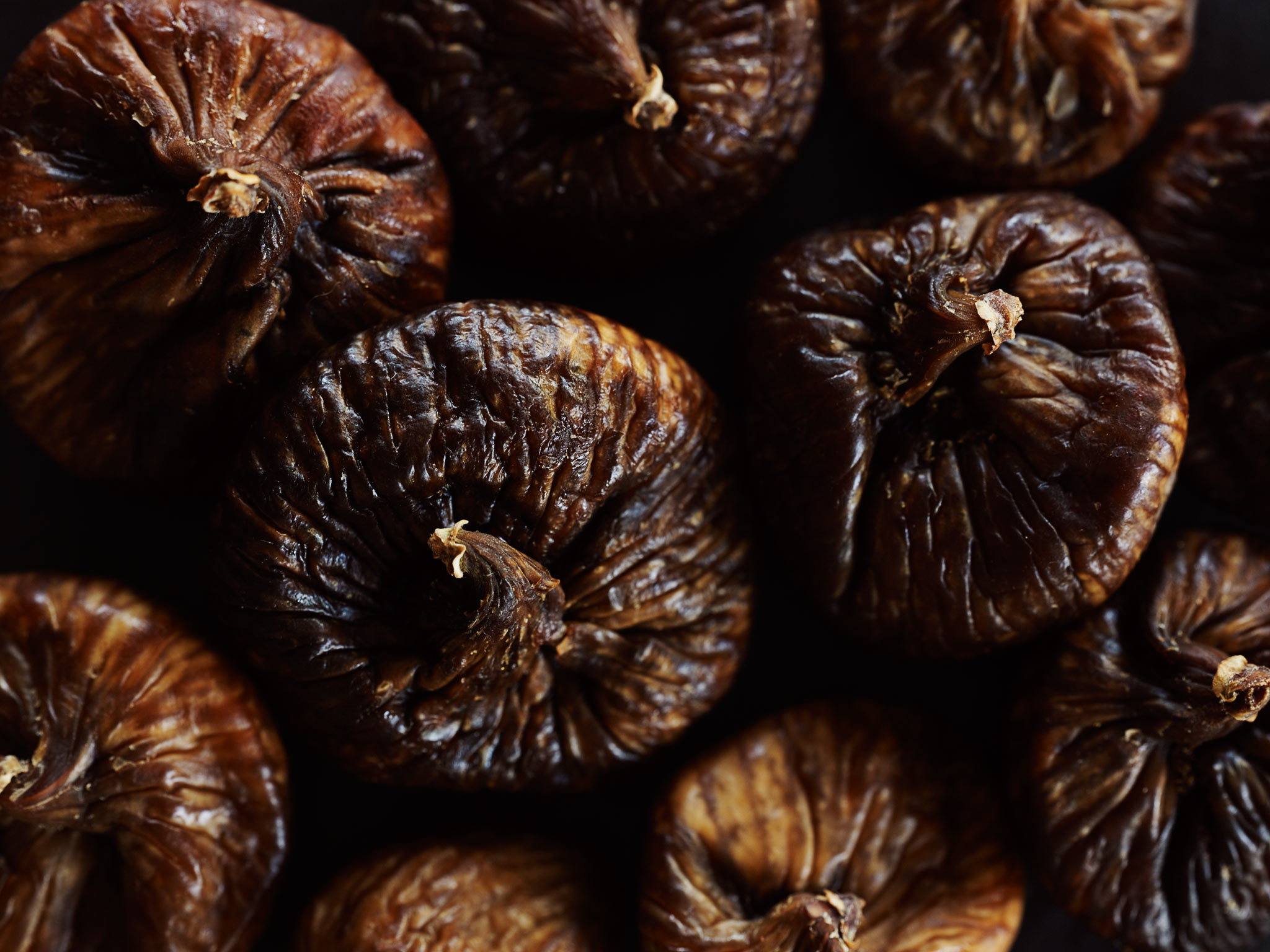
Dried figs are honey sweet, fruity and sort of figgy tasting, and a bit gritty, but that grittiness is a good attribute as it provides texture. The skin might look like elephant hide …

Dried figs are honey sweet, fruity and sort of figgy tasting, and a bit gritty, but that grittiness is a good attribute as it provides texture. The skin might look like elephant hide …
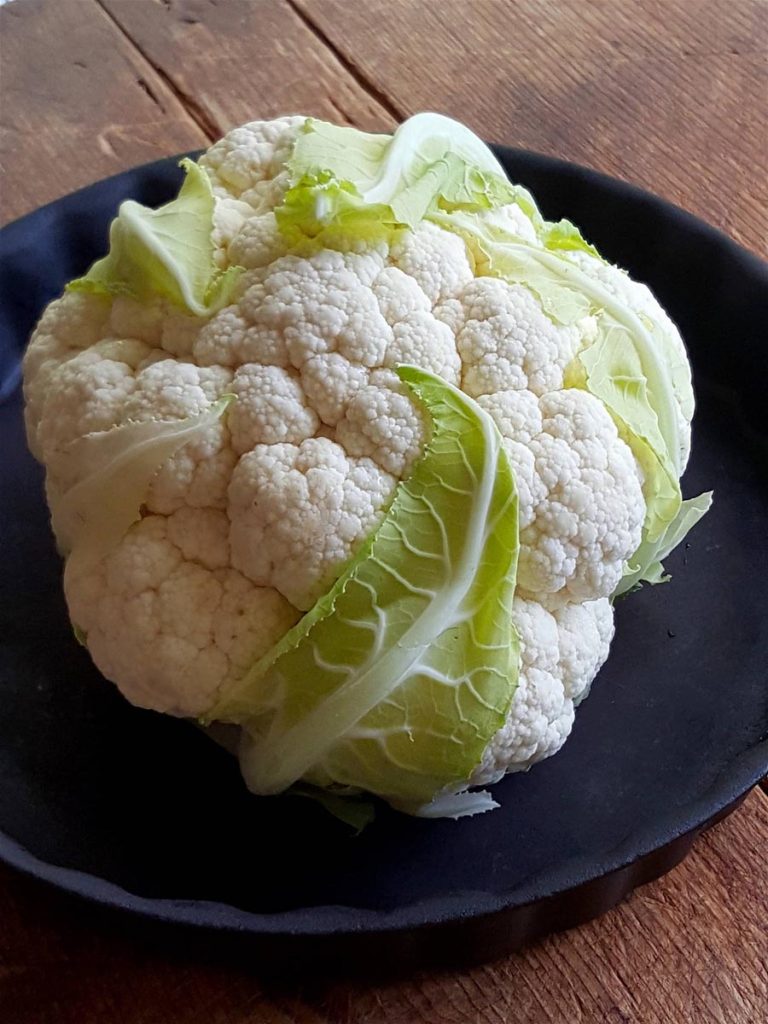
Everything you need to know about cauliflower, and then some …
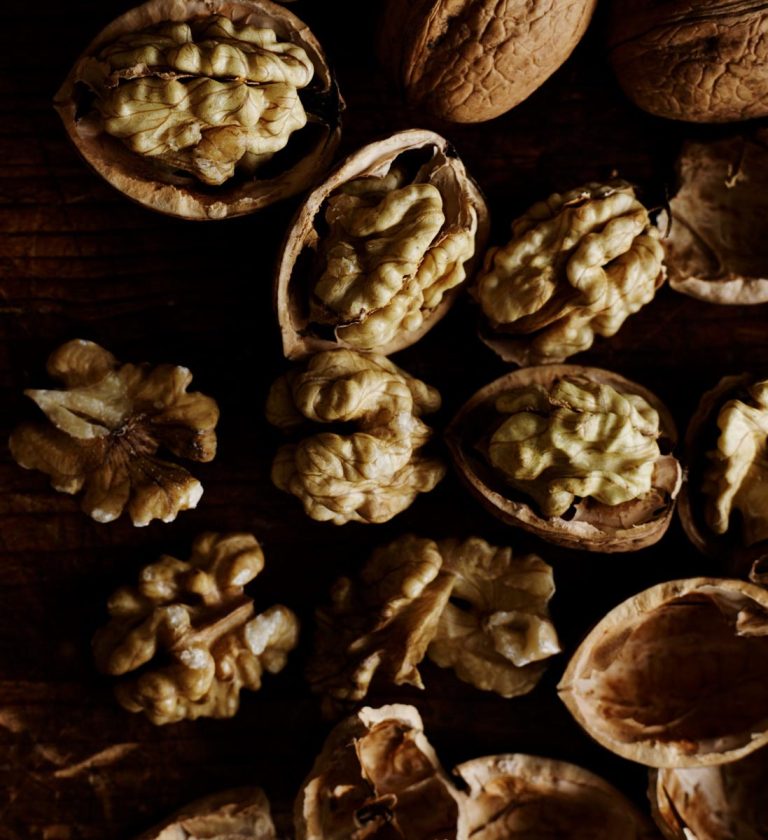
A sprinkle of chopped toasted nuts adds more than crunch…
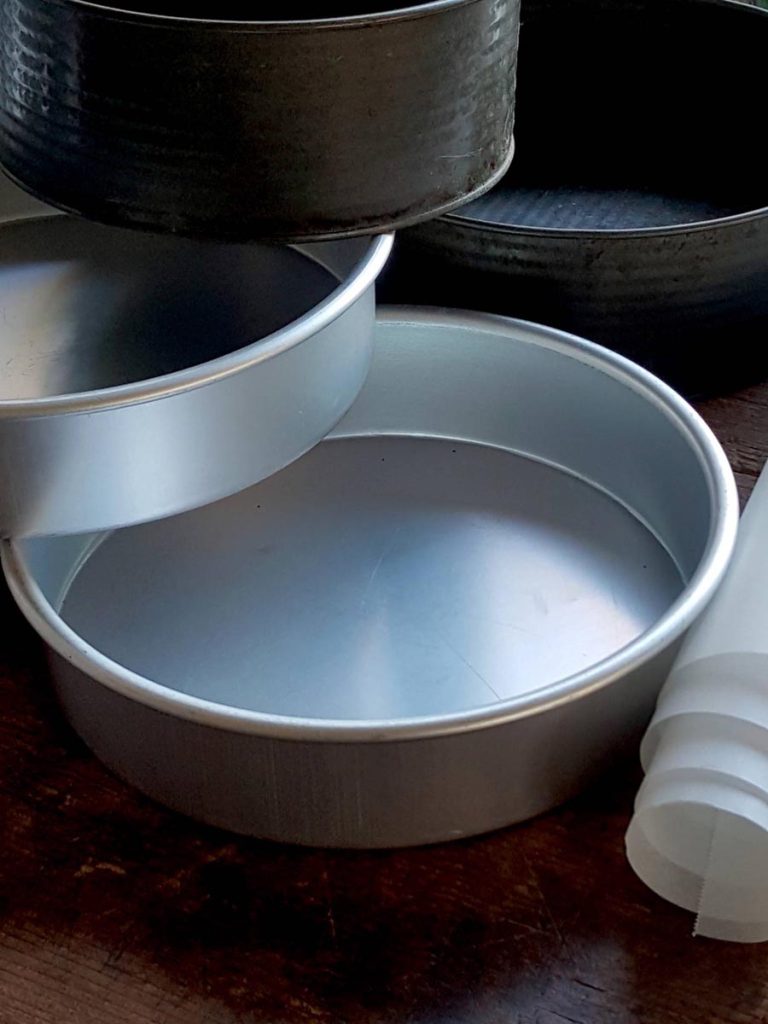
If you enjoy making cakes do yourself a favour and buy a good cake tin (pan).
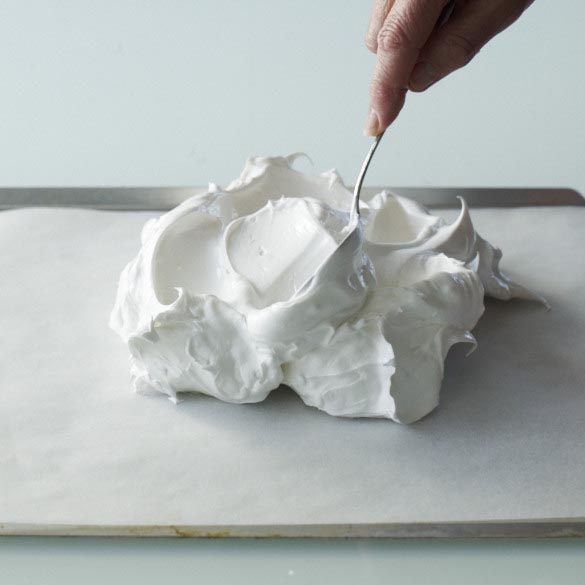
The word ‘meringue’ indicates that egg whites and sugar in some proportion are beaten together until a thick foam forms. Learn all about the different types and how to become a meringue whiz.
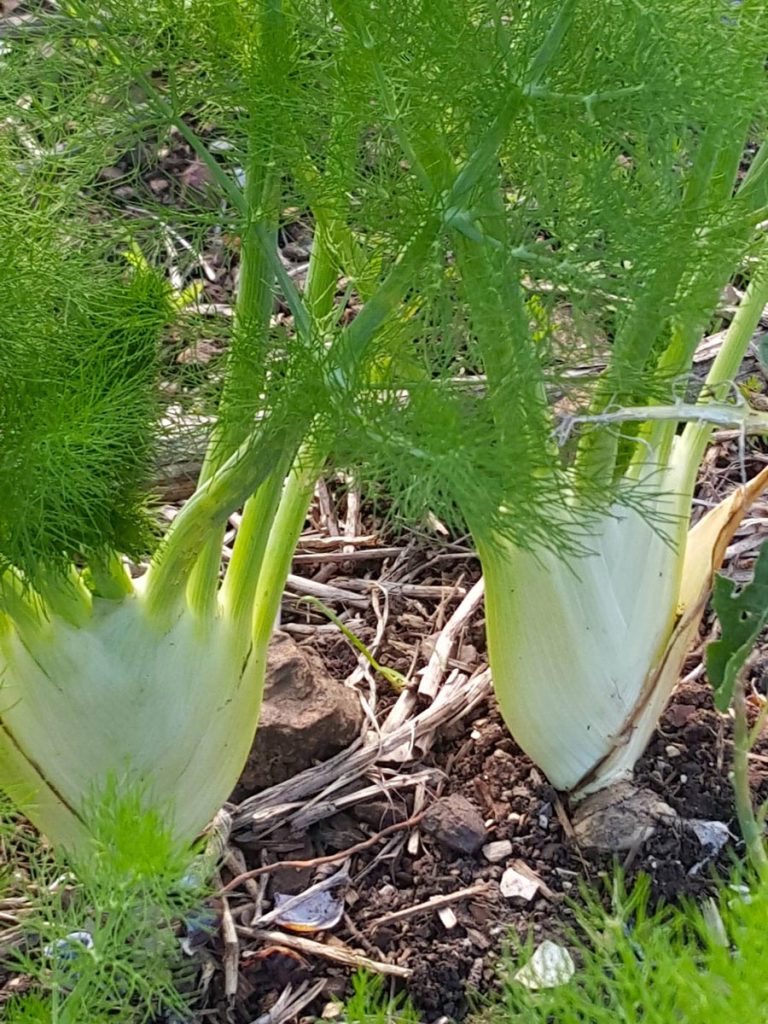
If I could resist harvesting my fennel bulbs, they would have babies, slim fennel-ettes would start forming that I could pluck out leaving the plant to continue growing and forming more of the same. But I can’t, of course.

If someone asks you what you want for your birthday …
No products in the basket.
Welcome to the new Shared Kitchen experience! If you encounter any issues, please let us know. Dismiss